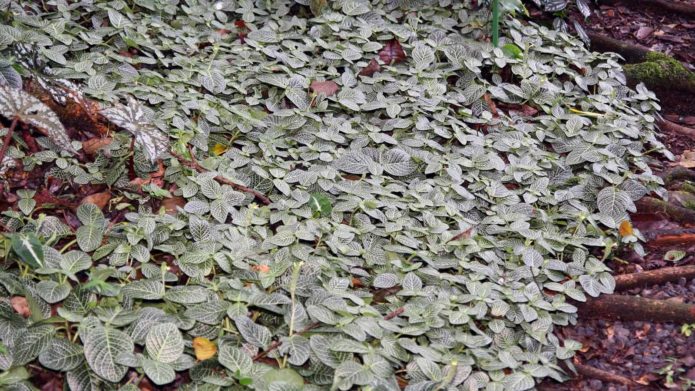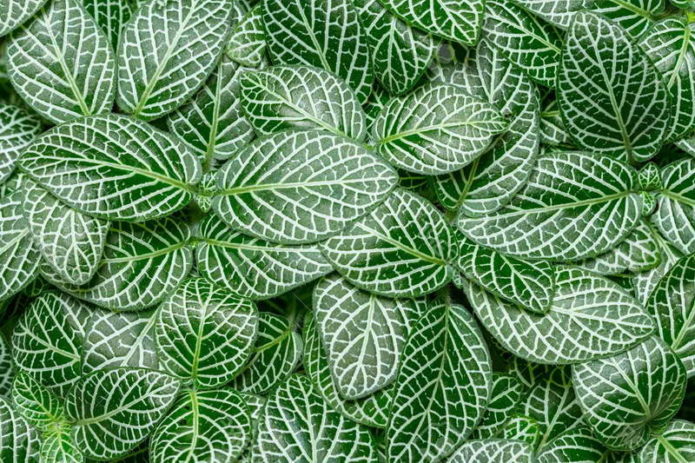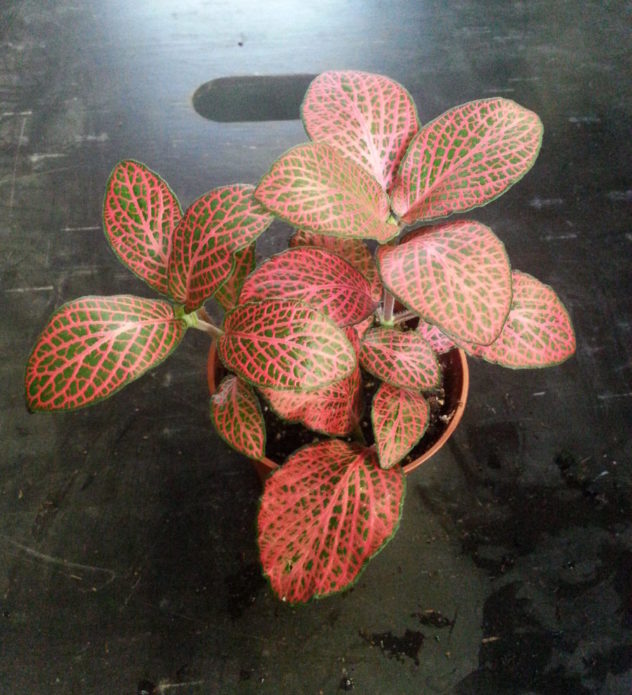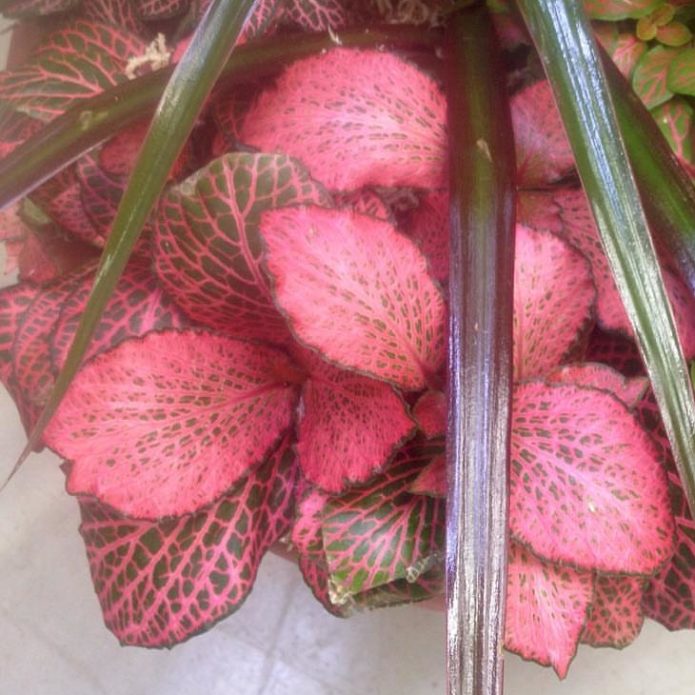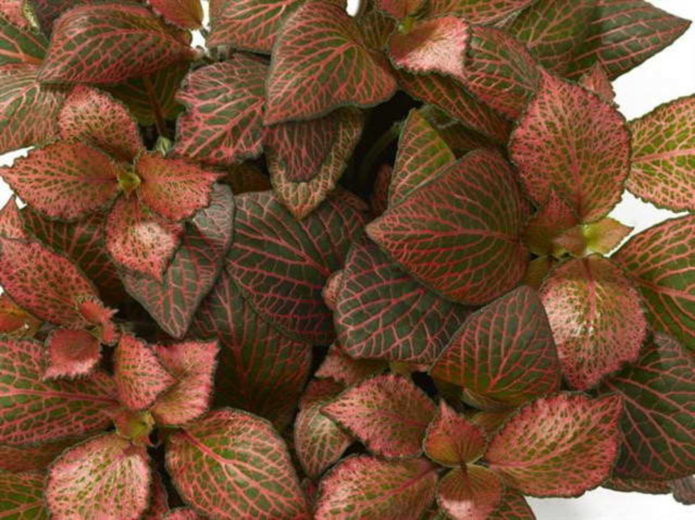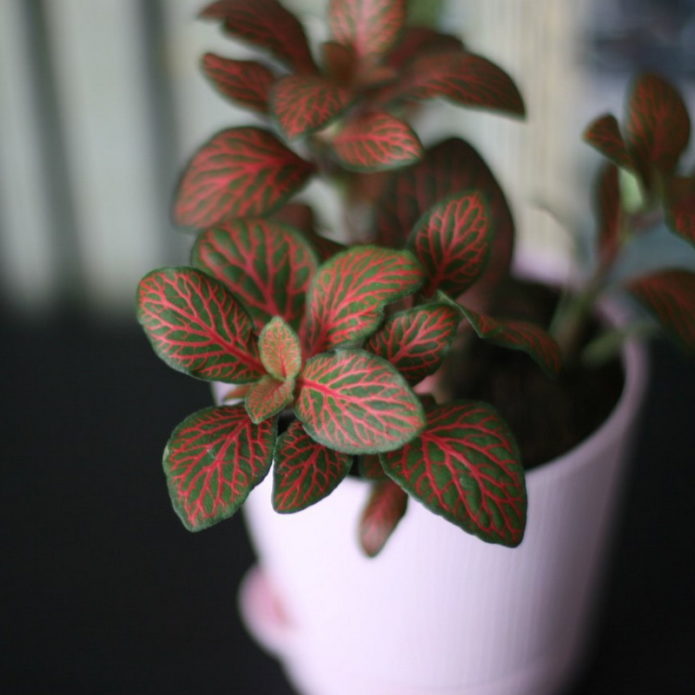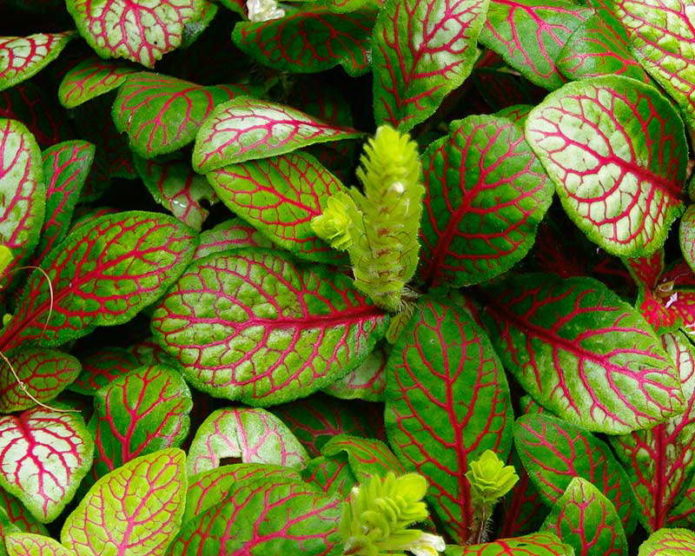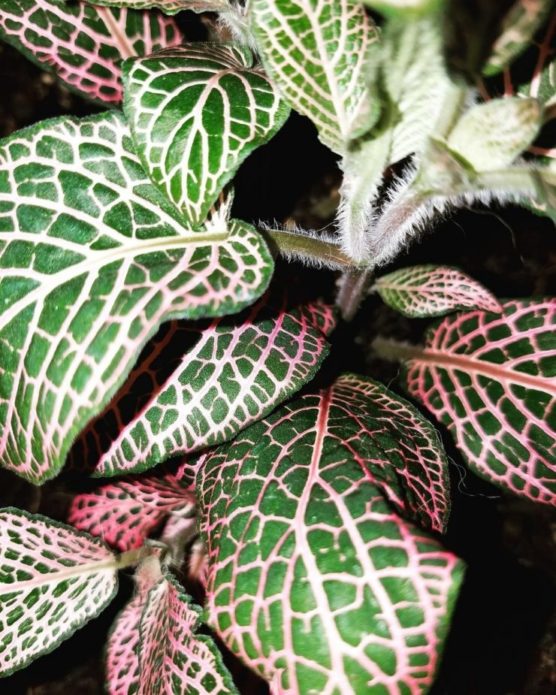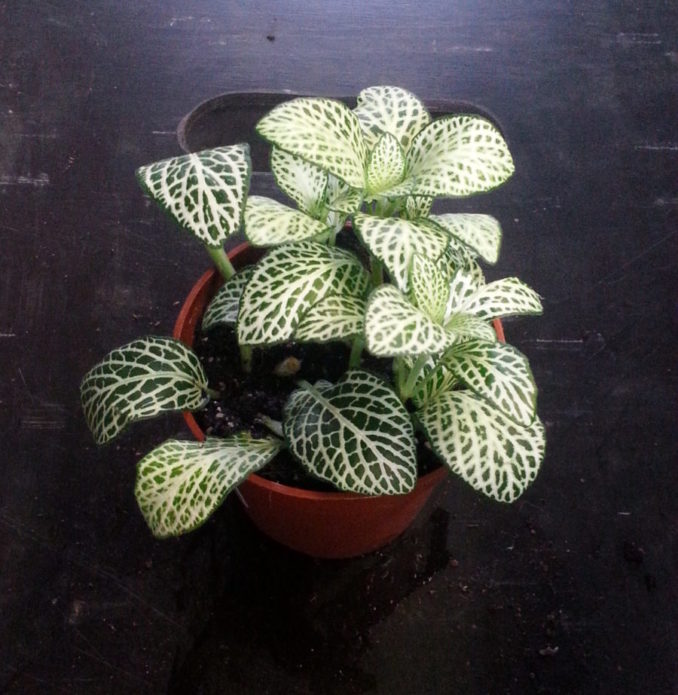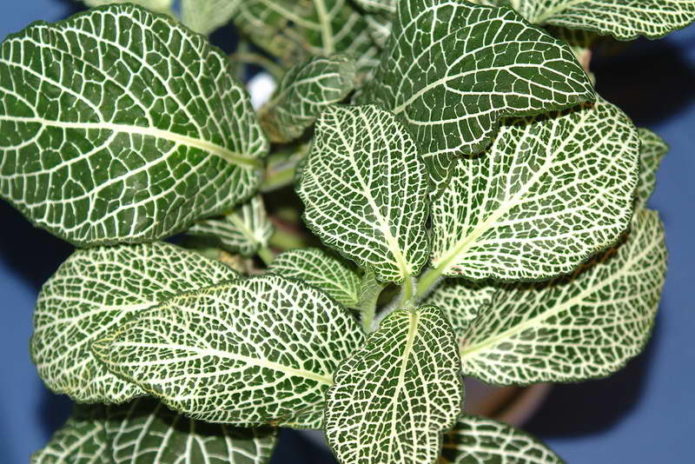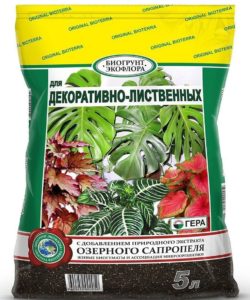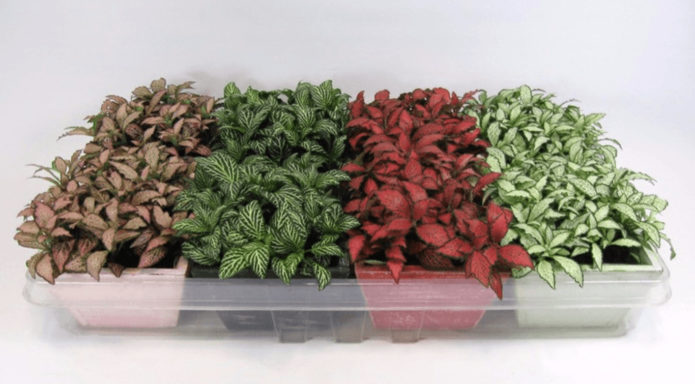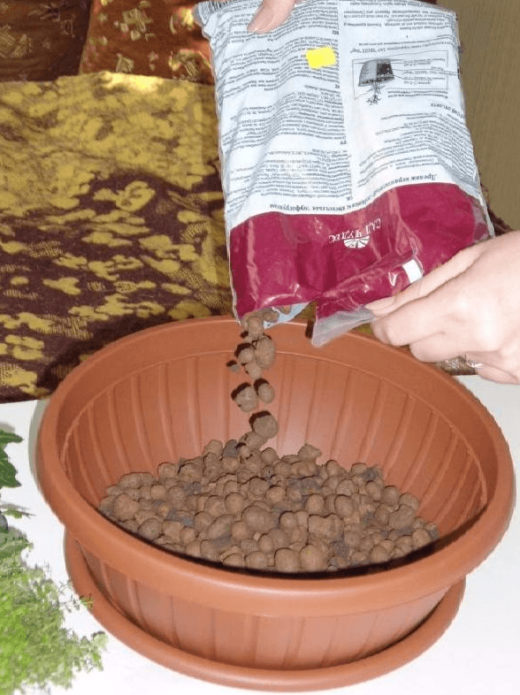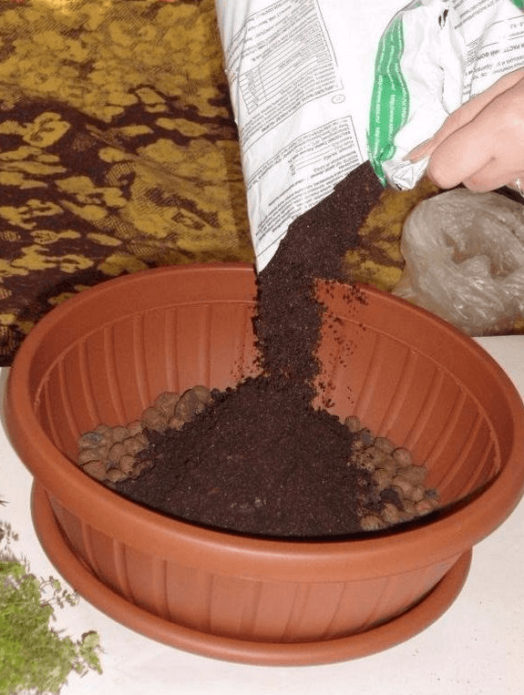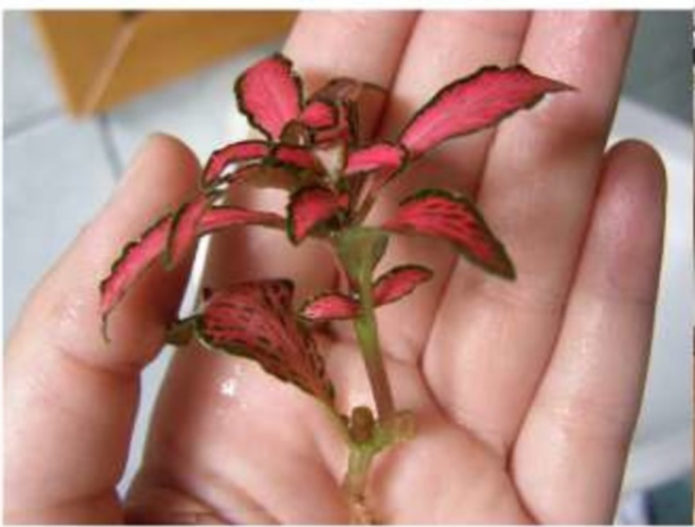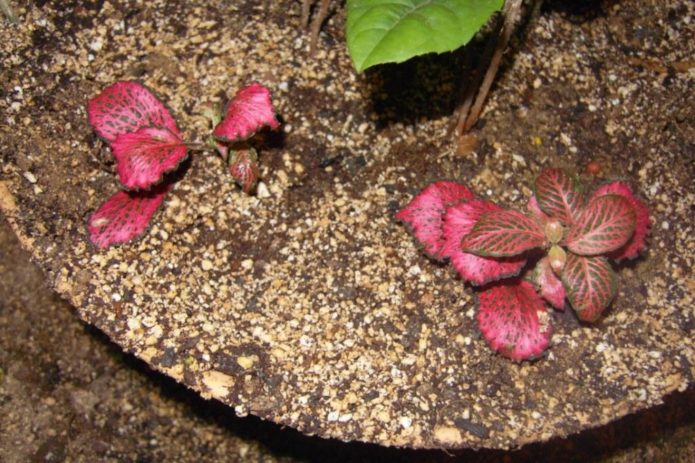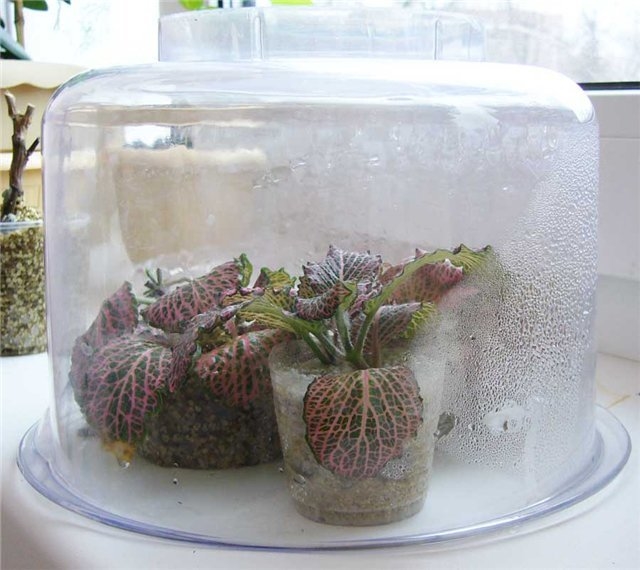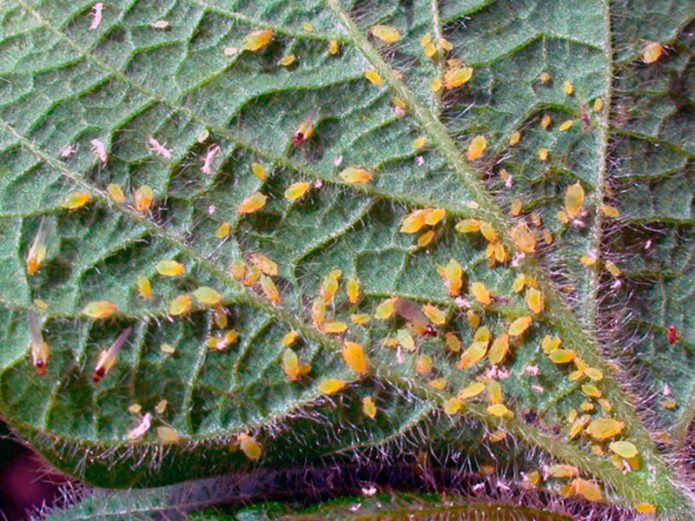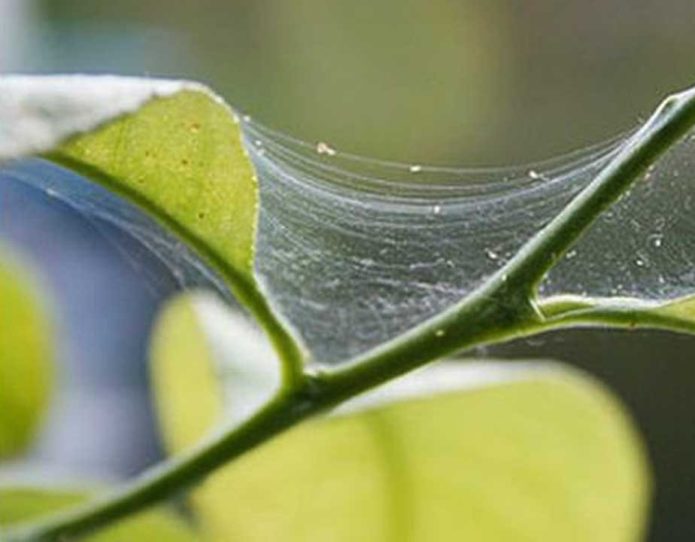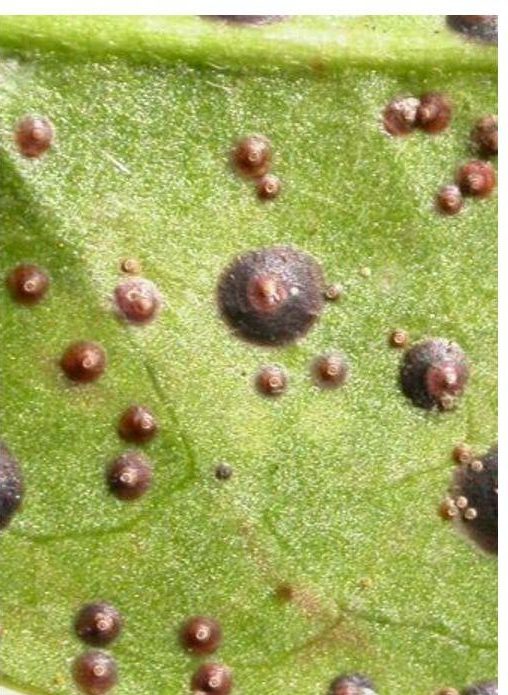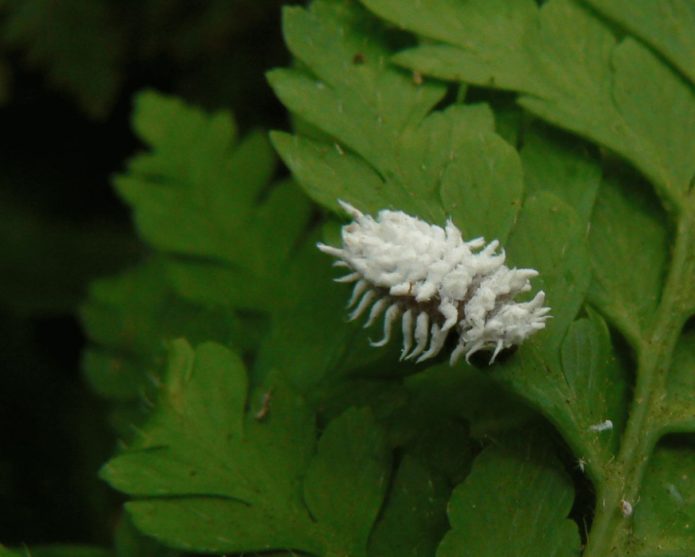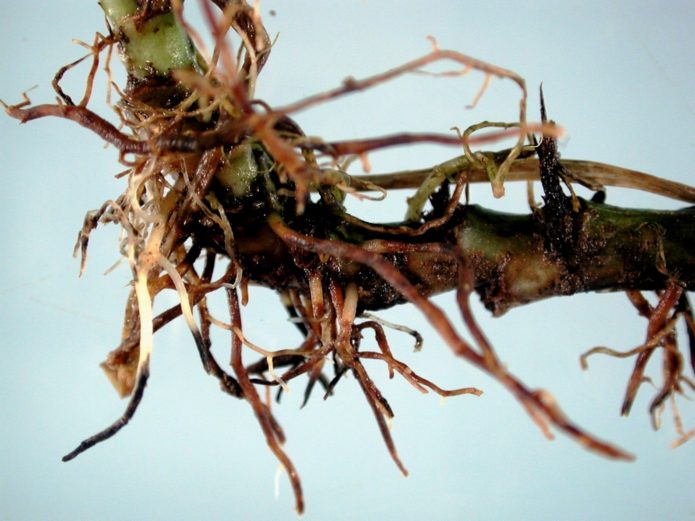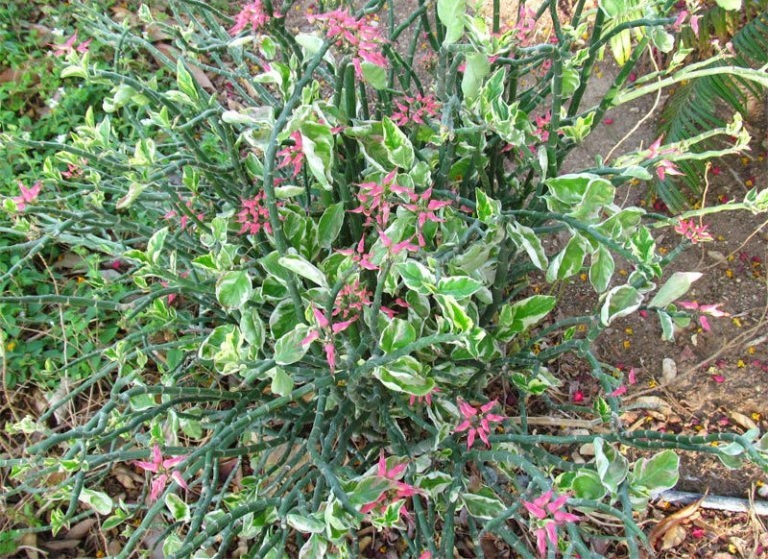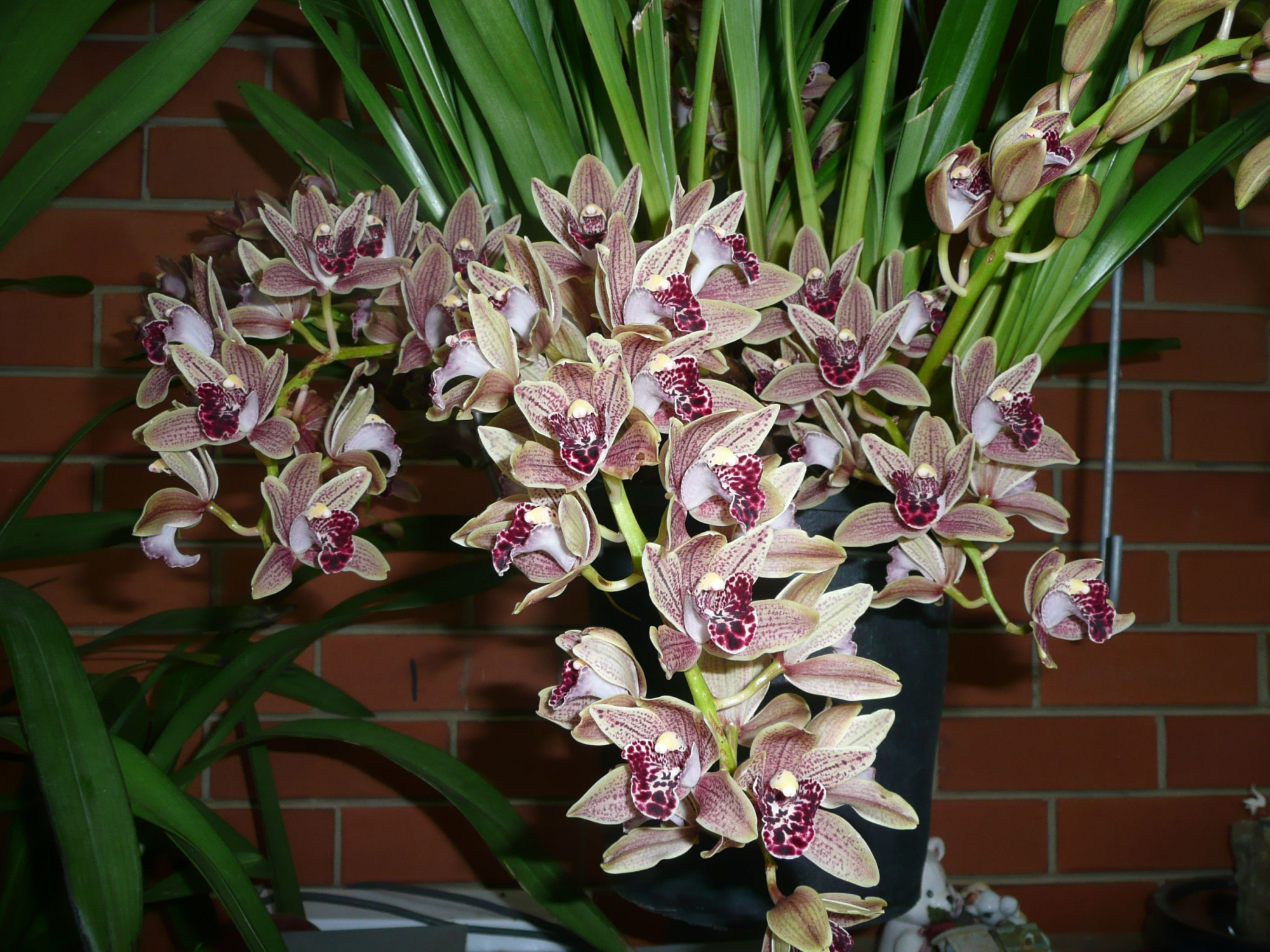Fittonia is a perennial herb of the Acanthus family. It got its name in honor of Elizabeth and Sarah-Mary Fitton, who created the first classic botany textbook. Some varieties and varieties of this tropical plant are suitable for growing at home.
Content
Description and features of growing a plant
In nature, this herbaceous plant grows in South America. A feature of the perennial is oval large, fleecy leaves of various shades. During the flowering period, the plant develops inflorescences with yellowish flowers.
Fittonia is difficult to grow at home, especially for beginners. This tropical plant is very demanding on humidity and temperature. But breeders have bred several varieties with small leaves, which are quite unpretentious in care and are suitable for novice florists.
It can be grown in the florarium, which is a transparent container with drainage and fertile soil.
Often this perennial is also placed in a paludarium, which is a transparent reservoir with an artificially created ecosystem. It is great for growing moisture-loving plants and fits well into the interior of a large country house.
Signs and superstitions
Fittonia is believed to have a light energy. This plant helps to improve the atmosphere in the home as it absorbs negative energy. Fittonia also guarantees a sound sleep, minimizes fatigue and is therefore recommended to be placed in the bedroom.
According to superstitions, it has a beneficial effect on students and students, facilitating the perception of new information and contributing to its early assimilation.
Types and varieties with photos
In nature, only four species of this plant grow, but they are quite difficult to grow at home. Dutch experts have developed several varieties of Fittonia, which are more adapted for keeping at home. They tolerate drought and insufficient moisture much easier, while such conditions are destructive for natural species.
White-veined
Fittonia white-necked, or Vershaffelt (fittonia albivenis) is a ground cover variety with branching shoots, olive or green matte leaves, which are 5 to 10 cm long.
Red
This variety is a variety of Vershaffelt's Fittonia. It got its name from its rich red veins.
Pink
Like red Fittonia, pink is a type of white-veined, but only its veins are of a raspberry hue.
Josan
There are pinkish stripes on the leaves of this plant, and there is a dark rim along the contour.
Fortissimo
The leaves of this variety are small in size, oval, dark green in color. They also have reddish-pink streaks.
Skeleton
The plant has creeping stems and small leaves, reaching a length of no more than 3 cm. The leaf plates are rich in green or olive shade. They have patterns in red.
Silver-veined
Fittonia silver-veined has large leaves of dark green color with white-pink veins.
White
This variety of Fittonia got its name due to the wide snow-white veins that cover the green leaves almost completely.
White Anna
Outwardly, this variety looks like a white Fittonia, but its veins are much thinner, and there is a dark outline along the edges of the leaves.
Landing
After purchase, the plant must be transplanted, but not earlier than three days after purchase, since Fittonia must be adapted to unusual conditions.
First, prepare a suitable potting mix. The soil can be prepared at home by mixing the following components, taken in equal parts:
- peat;
- sand or perlite;
- leafy land;
- coniferous soil.
Fittonia can also be transplanted into ready-made soil intended for decorative deciduous plants.
It is necessary to transplant Fittonia into a shallow flat pot. The selected container must have drainage holes. Before moving the plant, you should fill the pot 1/3 with expanded clay or crushed stone and fill with soil mixture.
Containment Procedures: Table
For the comfortable growth of fittonia, the following conditions should be provided:
| Season | Lighting | Optimal temperature conditions | Humidity | Accommodation |
| Spring, summer and fall | The lighting should be intense, but diffused. Fittonia needs to be shaded from bright sunlight | The temperature should be within + 22 ... 25 ° С | It is advisable to put the pot on a stand with wet pebbles. The plant should be regularly sprayed with a spray bottle. | It is recommended to place the plant pot on the west or east side |
| Winter | The plant needs to provide additional 3-hour lighting with fluorescent lamps | The thermometer should not drop below + 18 ° C | It is necessary to maintain a high level of humidity and remove the pot away from heaters | The container should be moved to the southern windowsill |
Care features
Caring for fittonia at home consists in the timely implementation of the following procedures:
- watering;
- fertilization;
- transfer.
It is also necessary to regularly pinch the shoots or cut them to a quarter of their length.
Watering
In the spring-autumn period, it is recommended to water this herbaceous plant 2-3 times a week. With the onset of winter, the frequency of watering should be reduced to 1 time per week, since at this time a rest period begins for Fittonia. 30 minutes after the procedure, the water must be drained from the pallet.
For watering Fittonia, warm filtered or rainwater is suitable. The quality of the flowing liquid must be improved by adding 2 drops of lemon juice to it. She also needs to be allowed to brew for a day.
Fertilization
In winter, the plant should be fed 1 time, and the rest of the time - 2 times a month. As a fertilizer, it is recommended to use a liquid mineral dressing for decorative deciduous plants. The dosage indicated on the package must be reduced by 2 times.
Fertilizer can sometimes be applied while spraying.
Transfer
Step-by-step instructions for transplanting Fittonia:
- Take a pot with drainage holes.
2. Pour expanded clay into the container.
3. Sprinkle it with soil on top.
4. Remove the plant along with the earthy clod and place it in the center of the new pot.
five.Add a little soil and compact it slightly.
It is recommended to carry out this procedure once a year in the spring. After transplanting, it is necessary to water the fittonia abundantly and remove the pot in a warm place with diffused lighting.
Reproduction methods
Fittonia can be propagated vegetatively and by seed, but the first method is most often used, since it is much simpler and more effective. For beginners, it is recommended to reproduce using:
- cuttings;
- dividing the bush;
- layering.
Seminal
Step-by-step instructions for sowing fittonia seeds:
- Fill the container with a mixture of peat and sand.
- Spread the seeds over the soil surface.
- Cover them with glass or foil.
Planting must be regularly ventilated and sprayed. As soon as shoots appear, the film must be removed, and when the plants are strong, they can be planted in separate pots.
Vegetative
Cutting is recommended in spring or summer. Step-by-step instructions for conducting:
- Cut off the apical stalk with 3-4 leaves about 6 cm long.
2. Place it in water or wet sand.
3. Cover the container with foil.
The shelter should be removed daily, and the room temperature should be kept at least + 22 ° C. Cuttings with the resulting root system must be planted in separate containers.
The division of the bush should be carried out during transplantation, planting the divisions in separate containers. Reproduction of fittonia by layering is carried out as follows:
- Place a pot of soil next to an adult specimen.
- Bend the escape to him.
- Cut off the leaves from the shoot and cover the cut with soil.
- Separate the rooted cut from the mother plant.
- Grow it in a separate container.
Growing problems
With improper care, the following problems most often arise:
- Falling of the lower leaves. The process is natural and it is enough just to remove the bare shoots.
- Yellowing of foliage. The situation occurs when over-watering needs to be reduced.
- Shrinkage of sheet plates. The problem appears when exposed to direct sunlight and insufficient humidity.
Also, often, with an excess or lack of nutrients, the tips of the leaves of Fittonia turn brown.
Diseases and pests
Most often, the plant is attacked by the following pests:
- Aphid.
When infected, brownish insects appear on the leaves of the plant, and the leaf plates begin to fade. Wipe them with soapy water, and then treat with Fitoverm.
- Spider mite.
You can find this parasite by the characteristic whitish cobweb on the plant. Treatment with Aktellik will help to get rid of it.
- Shield.
The symptom of an infestation is brown scales that adhere tightly to the plant. A sick fittonia must first be treated with soapy water, and then sprayed with Aktara.
- Mealybug.
The appearance of these insects can be detected by the characteristic bloom, similar to cotton wool. The leaves should be wiped with a cotton pad dipped in soapy water, and the plant should be sprayed with Aktara.
With excessive watering, the Fittonia can develop root rot, and the flower will begin to fade gradually. To prevent the death of the plant, it should be treated with a phytosporin solution, and then transplanted into a new pot.
Fittonia is perfect for any interior. With proper care, this plant will delight the grower with its attractive appearance for many years.
